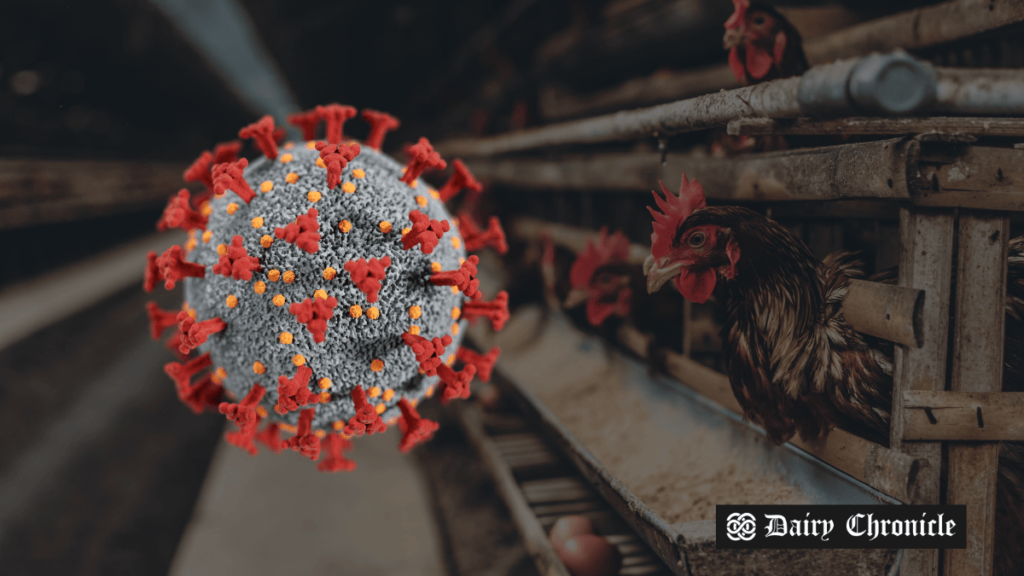The ongoing bird flu crisis in Texas has severely impacted the poultry and dairy industries, creating economic challenges as the virus spreads across both sectors.
The avian influenza (bird flu) crisis continues to severely affect Texas’ poultry and dairy industries, causing significant economic strain. The virus, which has rapidly mutated over the past few years, has now expanded to impact both poultry and dairy livestock, creating widespread challenges for producers across the state.
The outbreak first emerged in Texas nearly three years ago, with the initial case in a pheasant flock in Erath County. Since then, the virus has evolved, and the Centers for Disease Control and Prevention (CDC) reports 1,482 outbreaks in poultry flocks nationwide, along with 949 confirmed cases of avian influenza in cattle across 16 states. In Texas, there have been 14 confirmed poultry farm cases, including one large farm with nearly two million chickens, and 27 confirmed cases at dairies.
The economic impact is profound. Texas’ poultry industry adds more than $5 billion annually to the state’s economy, while its dairy sector contributes $53.8 billion. JC Essler, the president of the Texas Poultry Federation, emphasized the strain on supply and demand as farmers are forced to cull millions of infected birds to prevent further spread.
Brian Bohl, a representative from the Texas Animal Health Commission, noted the unusual duration of the outbreak and its growing impact on livestock. The ongoing evolution of the virus presents a significant threat to both livestock health and food security. Gerald Parker, a professor at Texas A&M University, voiced concerns over the potential for the virus to spread beyond animals, with the possibility of human-to-human transmission.
In addition to the crisis in Texas’ poultry and dairy sectors, health experts have raised concerns about the risk of the virus being transmitted through unpasteurized milk, intensifying the need for strict health measures. The current health emergency occurs during a presidential transition, which may affect public health communication and response.
The situation is dire, but authorities and researchers continue to work tirelessly to contain the outbreak and mitigate further risks to both animals and humans.
